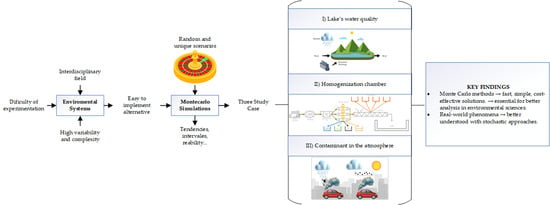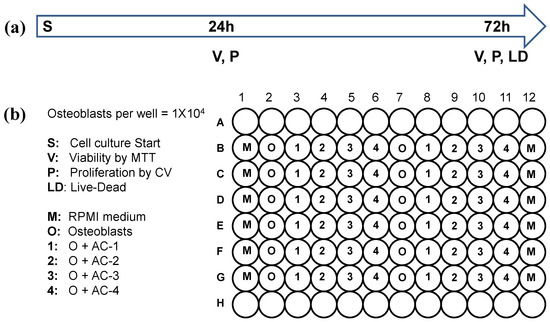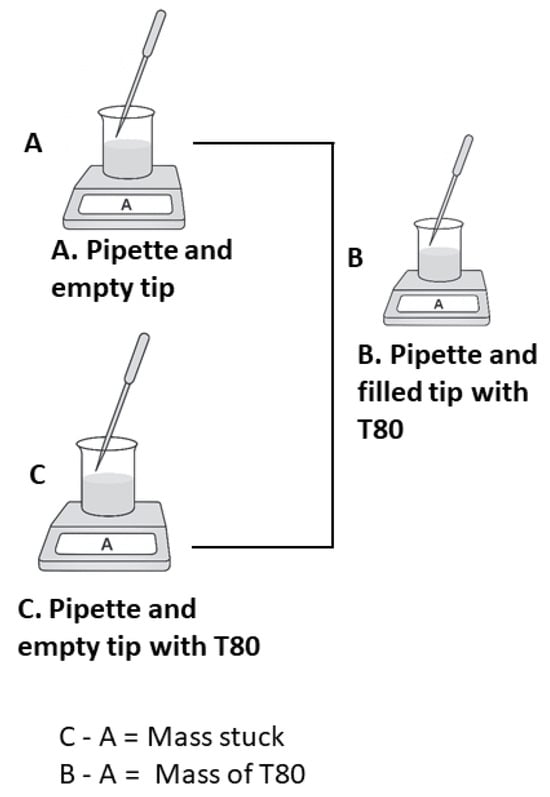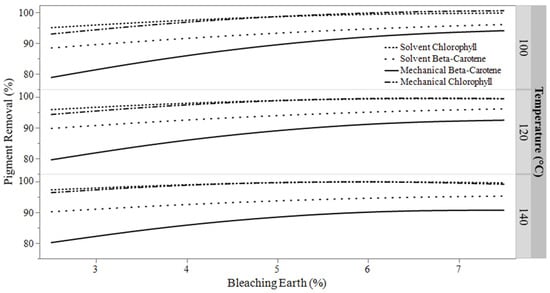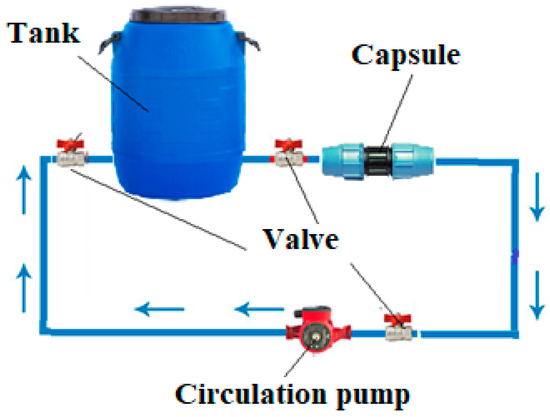-
 Nanoscale Nickel Oxide: Synthesis, Characterization and Impact on Antibacterial Activity Against Representative Microorganisms
Nanoscale Nickel Oxide: Synthesis, Characterization and Impact on Antibacterial Activity Against Representative Microorganisms -
 Adsorption of Methylene Blue on Metakaolin-Based Geopolymers: A Kinetic and Thermodynamic Investigation
Adsorption of Methylene Blue on Metakaolin-Based Geopolymers: A Kinetic and Thermodynamic Investigation -
 Robust Nonlinear Soft Sensor for Online Estimation of Product Compositions in Heat-Integrated Distillation Column
Robust Nonlinear Soft Sensor for Online Estimation of Product Compositions in Heat-Integrated Distillation Column -
 Uncertainty and Global Sensitivity Analysis of a Membrane Biogas Upgrading Process Using COCO Simulator
Uncertainty and Global Sensitivity Analysis of a Membrane Biogas Upgrading Process Using COCO Simulator -
 Characterization of HFE 7500 Refrigerant Suspensions Containing Oxide and Nitride Nanoparticles: Thermal, Rheological, and Electrokinetic Insights
Characterization of HFE 7500 Refrigerant Suspensions Containing Oxide and Nitride Nanoparticles: Thermal, Rheological, and Electrokinetic Insights
Journal Description
ChemEngineering
- Open Access— free for readers, with article processing charges (APC) paid by authors or their institutions.
- High Visibility: indexed within Scopus, ESCI (Web of Science), Inspec, CAPlus / SciFinder, and other databases.
- Journal Rank: JCR - Q2 (Engineering, Chemical) / CiteScore - Q1 (General Engineering )
- Rapid Publication: manuscripts are peer-reviewed and a first decision is provided to authors approximately 29.6 days after submission; acceptance to publication is undertaken in 5.7 days (median values for papers published in this journal in the first half of 2025).
- Recognition of Reviewers: reviewers who provide timely, thorough peer-review reports receive vouchers entitling them to a discount on the APC of their next publication in any MDPI journal, in appreciation of the work done.
Latest Articles
E-Mail Alert
News
Topics
Deadline: 20 March 2026
Deadline: 20 May 2026
Deadline: 31 May 2026
Deadline: 20 June 2026
Conferences
Special Issues
Deadline: 20 December 2025
Deadline: 25 December 2025
Deadline: 31 December 2025
Deadline: 31 January 2026





